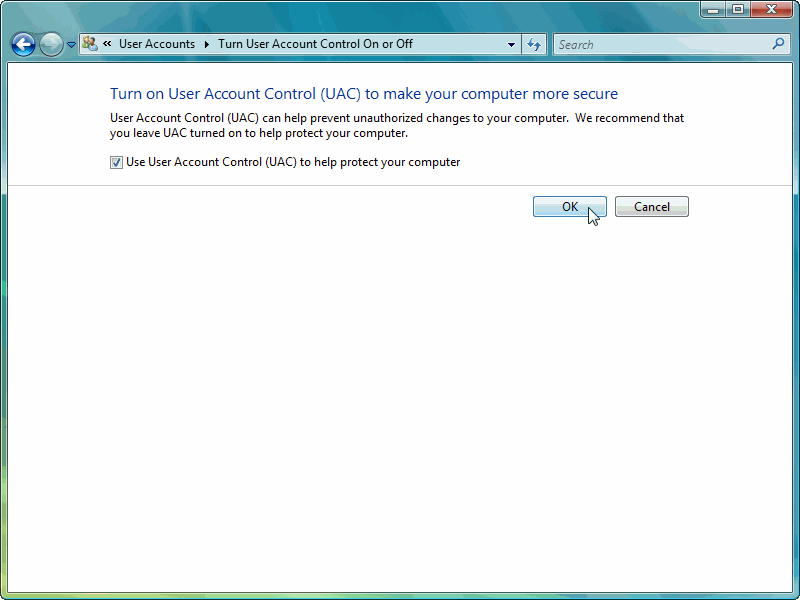Vista Temp Folder Permissions

Vista Temp Folder Permissions List

File and folder permissions when using the SharePoint Migration Tool. 4 minutes to read.In this article What happens to the permissions on a file when it is migrated?The location of your on-premises data, and whether you have synchronized your Active Directory accounts to Azure Active Directory (AAD), can affect the permission settings on your files after they have been migrated to SharePoint Online.Syncing your environment: In order to maintain existing on-premises file permissions, there must be a corresponding user in SPO.
The easiest way to accomplish this is to synchronize your Active Directory accounts to Azure Active Directory (AAD). HowFile shareSharePoint on-prem filesUser mapped between on-premises and SPO (either Dirsync has been run or a user mapping file provided)There are only two types of permissions that will be migrated: Read and Write.If a file has Write permission for user1, then the file will be set to Contribute for user1 in SPO. If a file has Read permission for user1, then the file will be set to Read for user1 in SPO. Note: At this time, the special permissions, such as Deny, will not be saved.All the unique permissions on a file will be migrated to SPO. Inherited permissions will not be migrated.No user mapping (not synced, no user mapping file)Files will be assigned the default permission of the location to which it has been migrated in SPO.Files will be assigned the default permission of the location to which it has been migrated in SPO.Permissions conditions and resultsThe SharePoint Migration Tool permission control is effected by various conditions.
Hp color laserjet firmware update. In the Firmware section, locate the Firmware Update file. Click Download, and then click Run. When the HP Printer Update utility launches, select the printer that you wish to update, and then click Update. Follow the on-screen instructions to complete the installation, and then click the OK button to close the utility.
The following table lists all the conditions and the corresponding results.
Most Popular Articles
- Vector Desain Kaos
- Download Ms Office 2007 Multi-language Pack Turkish.iso Software
- Securew2 Eap Suite For Windows
- Hack 3g Usb Modem Internet
- Blender Environment Texture
- Install Crystal Reports 2008 On Windows 7 64 Bit
- Aerobic Dance
- Fritz Tile Installation Video
- Minecraft Pocket Edition Appx
- Jak And Daxter The Lost Frontier Save Game Psp
- Netcut 2.1.1 And Net Cut - Defender 2.1.1
- Hitachi Starboard Fx Duo Drivers
- Drama Korea Master Sun Sub Indo
- Power Producer 5.5 Serial
- The Holy Kabbalah By Arthur Edward Waite Pdf